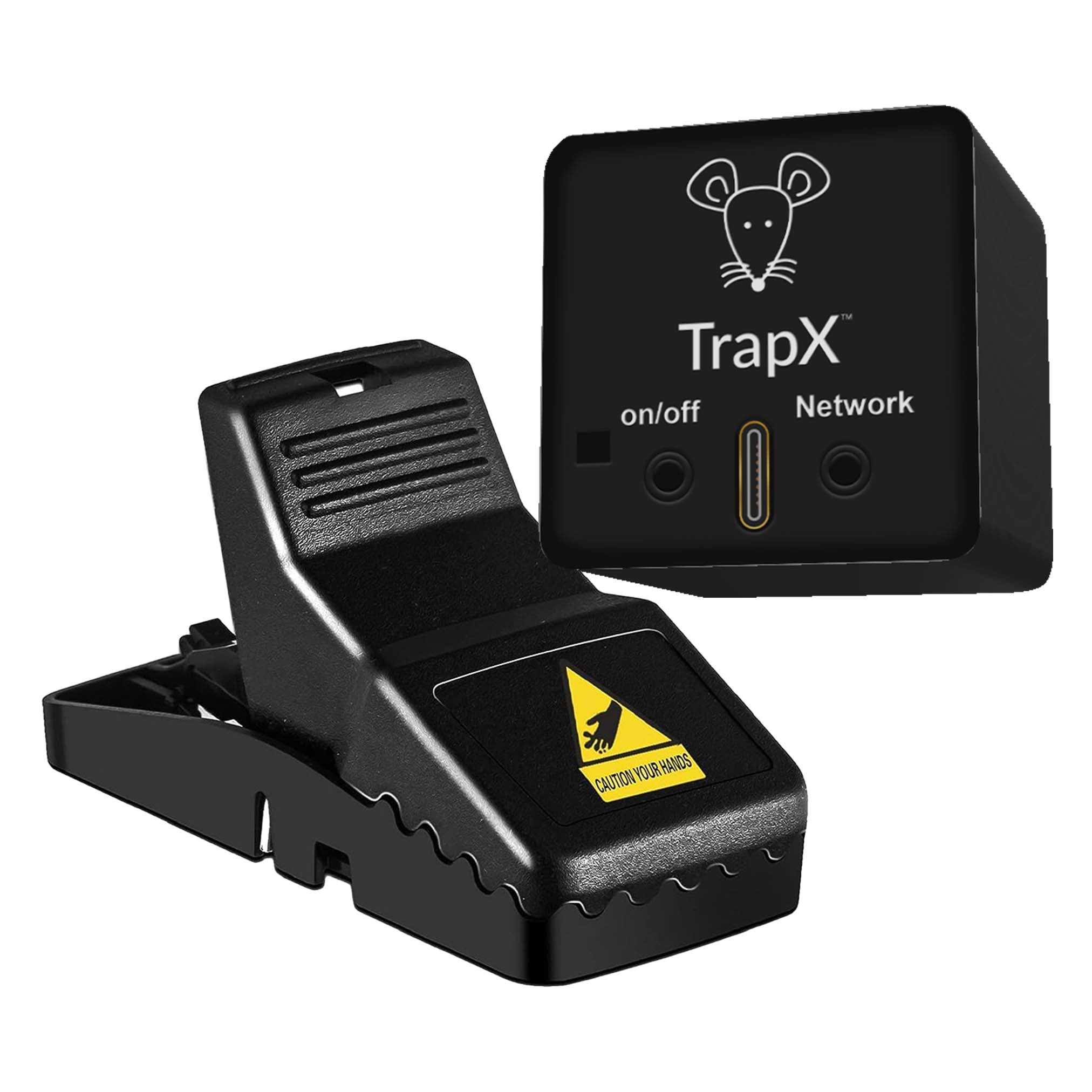How to Set a Mousetrap Step-by-Step for a Mouse-Free Home
Share
Dealing with mice can be a nuisance, but knowing how to set a mousetrap step-by-step can make the process much more manageable. Mice are pesky intruders that can cause significant damage to your property and pose health risks. Whether you live in a city apartment or a countryside home, it's essential to understand the proper techniques for setting a mousetrap effectively.

Why Setting a Mousetrap is Important
Mice may seem harmless, but they can be incredibly damaging. They chew through electrical wiring, contaminate food supplies, and can spread diseases. Setting a mousetrap is a necessary first step to safeguard your home. Learn more about the best way to trap mice. Here, we'll guide you through a detailed, step-by-step process to ensure you're well-equipped to handle these unwelcome guests.

Choosing the Right Mousetrap
Types of Mousetraps
There are several types of mousetraps available on the market, including snap traps, electronic traps, glue traps, and live capture traps. Selecting the appropriate type of trap depends on your preferences and the severity of the mouse infestation. For a compassionate approach, check out this humane rodent traps guide.
Snap Traps
Snap traps are the most traditional and commonly used type. They feature a spring-loaded bar that snaps down on the mouse when triggered. They are known for their high effectiveness, but they do require careful handling. If you're considering alternatives, you might want to read about the dangers of glue traps.

Setting Up the Mousetrap
Step 1: Gather Your Supplies
Before you begin, make sure you have all your supplies ready. You'll need the mousetrap, bait (such as peanut butter or cheese), and protective gloves.
Step 2: Choose a Location
Mice tend to travel along walls and seek out hidden, dark areas. Place the mousetrap in these areas for the best chance of success. Common locations include under sinks, behind appliances, and in attics. For more insight on effective placement, visit the Orkin's guide.
Step 3: Bait the Trap
Apply a small amount of bait to the trigger of the trap. Peanut butter is often considered the best bait because its strong scent attracts mice. Make sure not to over-bait, as this can lead to the trap being ineffective.
Step 4: Set the Trap
Carefully set the trap by pulling back the trigger bar and securing it in place. Wear gloves during this process to avoid leaving your scent on the trap.

After the Trap is Set
Monitoring
Regularly check the trap to see if it has caught a mouse. Reset the trap as needed. Dispose of any caught mice promptly and in a sanitary manner. Always wear gloves when handling used traps to minimize health risks. If you're looking for more effective solutions, take a look at these pest control traps.
Maintenance
Keep monitoring your traps until you are sure that the mouse infestation has been cleared. It may take a few days or even weeks depending on the severity of the infestation. Stay informed about other smart rodent solutions to ensure long-term peace of mind.
Remember, setting a mousetrap correctly is essential for effective pest control. Follow these steps diligently to ensure a mouse-free home.
Dealing with Caught Mice
Handling caught mice can be unpleasant, but it's a necessary part of the process. Always wear gloves when dealing with traps and perform regular sanitization of the area to prevent any potential health hazards. For comprehensive tips, you can visit the Romney Pest Control site.
For more information on handling mice and other common pests, you can visit the National Pest Management Association's website.
As an Amazon Associate, I earn from qualifying purchases.
